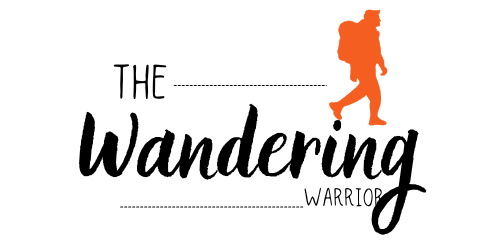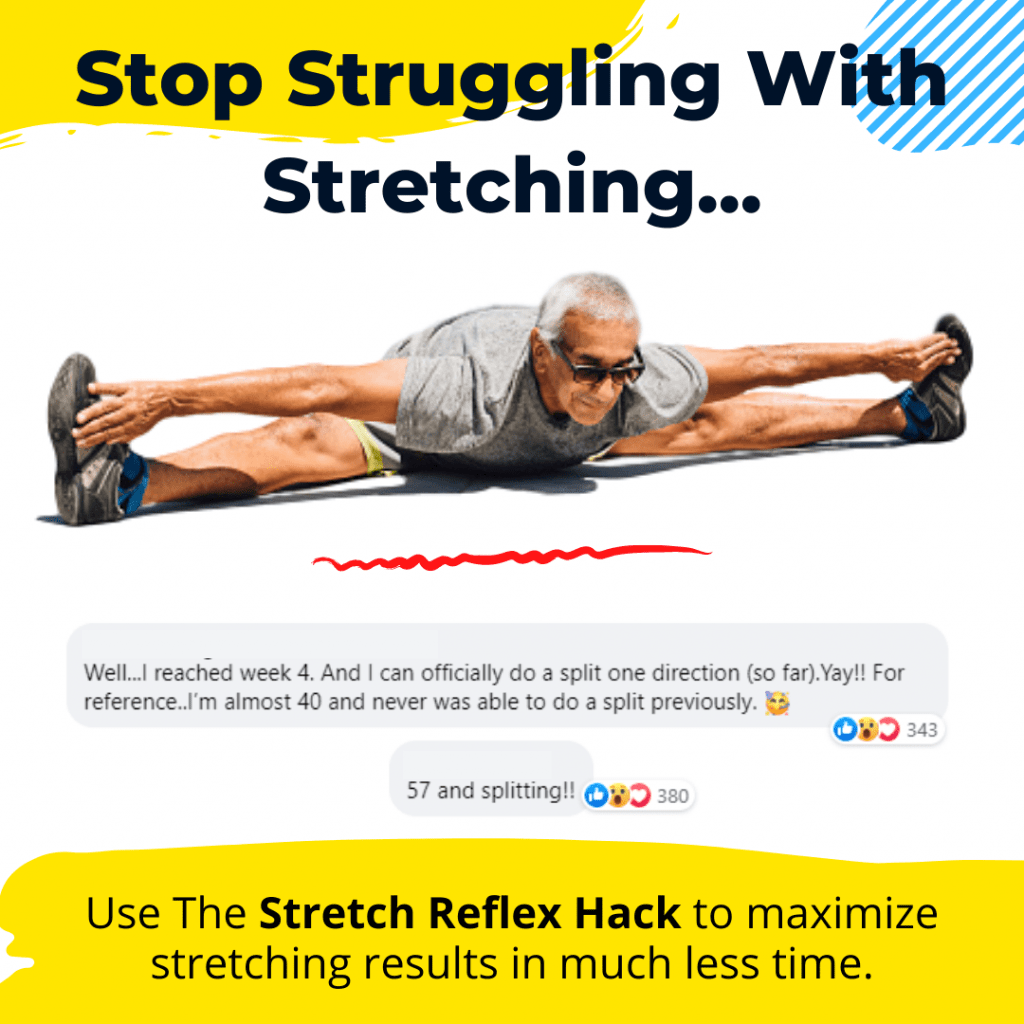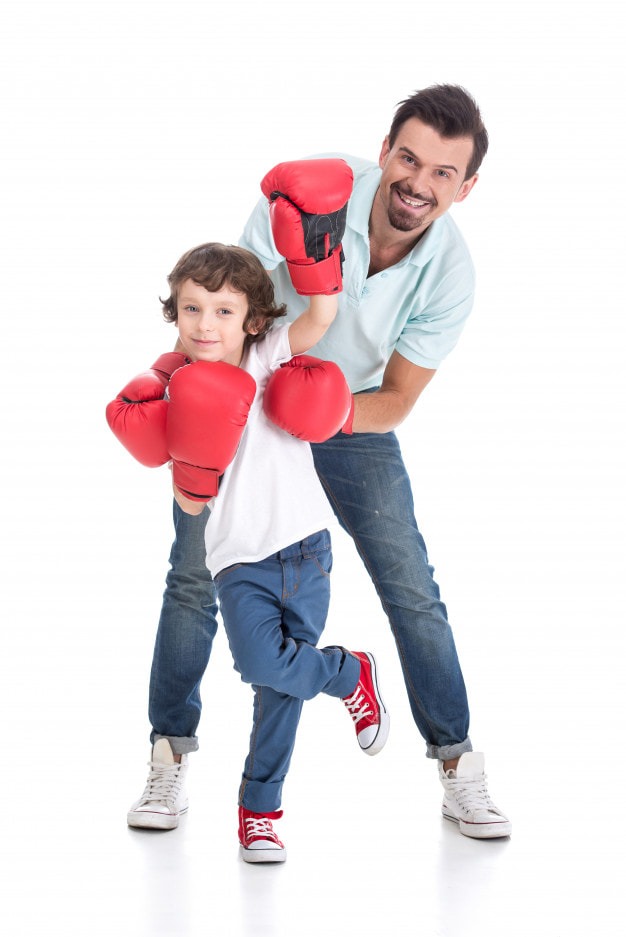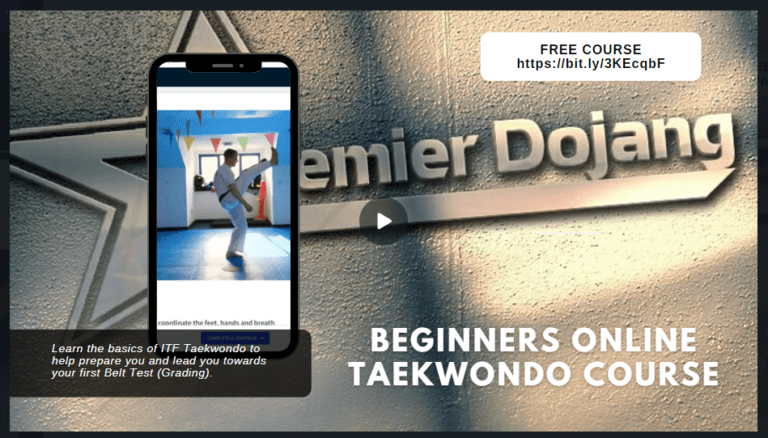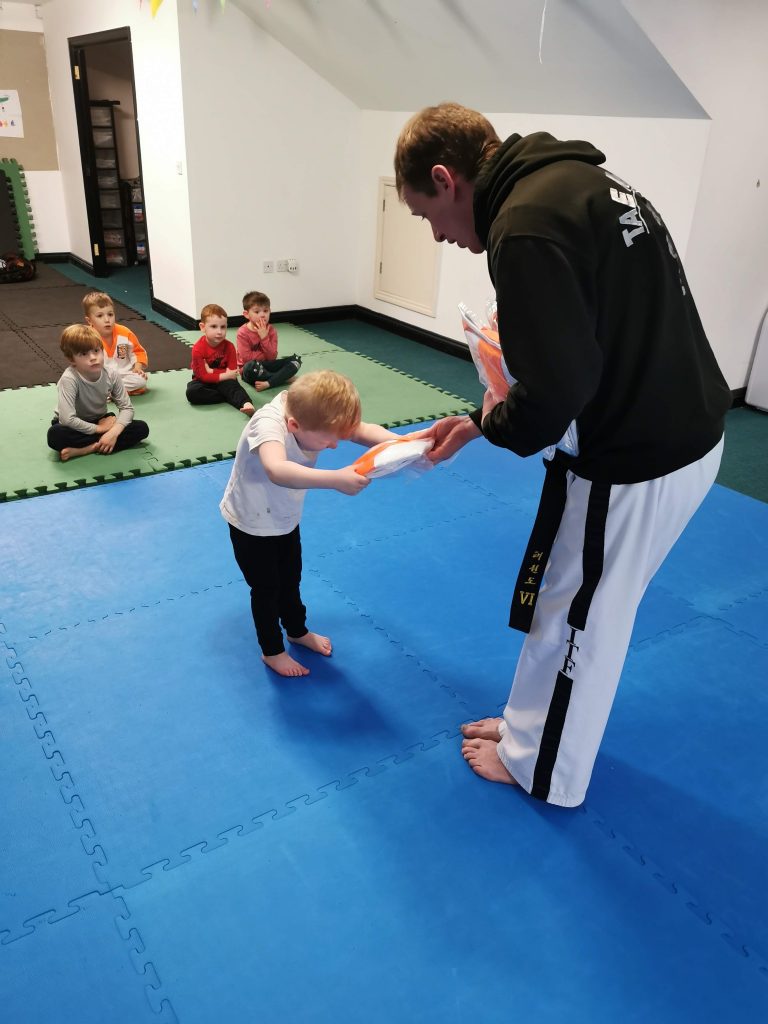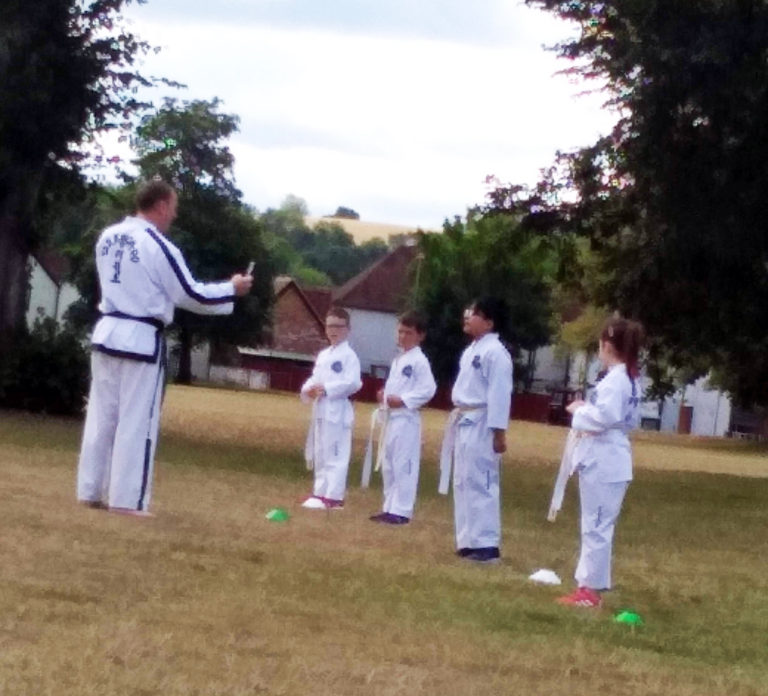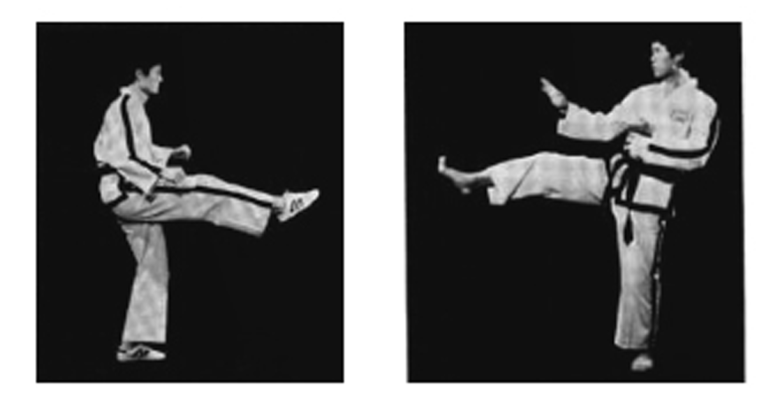Martial Arts Stretching isn’t solely for Martial Arts but I had to get your attention somehow. There are many different stretches that can be employed by the Martial Artists. But these stretches can be used by dancers and athletes of any discipline.
But we will take a look at a few quick and easy stretches specific for the martial arts. The key thing to remember about all any aspect of training is Consistency!
If you want to improve at anything, you need to practice regularly and consistently. This seems to be the theme of this blog and my classes. Not many people want to put in the work – what did you think when you saw the Post Title?: “Quick and Easy Martial Arts Stretching”
Table of Contents
Be Careful If:
This is not a list of people that shouldn’t stretch as I believe we should all be stretching beyond the basic Pandiculation. But we to need to keep in mind, whilst stretching and of course training:
- Stretching with an Injury
- Age
- Conditions such as Arthritis and Hypermobility syndrome
The stretches don’t take long, but you must do each of them frequently. This tells the body you want it to change. But the mind doesn’t want to change. That’s why people procrastinate!
Simply put, muscles move body parts by contracting and then relaxing. A muscle can pull a bone, but that muscle cannot push it back again. So muscles work in pairs called flexors and extensors. The flexor contracts to bend a limb at a joint.
Stretching isn’t exclusive to your Post-Workout. It can be done pre, post or even as part of your workout.
You Should Be Stretching For Martial Arts!
We know that regular stretching helps increase your range of motion. It also improves blood circulation, promotes good posture and can alleviate muscular tension.
But did you know it can also enhance your athletic performance and reduce the risk of injury?
When you kick, punch, block, strike, jump and do all the other martial arty moves, you put your muscles under a lot of stress and at high speed. So your muscles have to be stretched:
- Muscle layers and fibres are kept ‘smooth’
- Muscles can reach full extension without injury during a technique (eg. kick or punch)
- Muscles can relax freely unhindered, after the movement
Other benefits of stretching include:
- Reduces Stress & Tension in your body
- You stand taller
- Look thinner
- You can reach, twist and bend further
- Reduces/Prevents injuries
The following video was recorded during lockdown. Feel free to ease your muscles and joints but of course, Exercise is not without its risks and this or any other exercise program many result in injury. As with any exercise program, if at any point during your workout you begin to feel faint, dizzy or have physical discomfort, you should stop immediately and consult a medical professional.
NB: #stretch and flex video: Neither Premier Dojang nor Ian Hollinsworth are responsible for injury or accident as a result of participating in our videos or programmes.
What Is Flexibility?
Flexibility can be described as the range of motion, or movement, around a particular joint or set of joints. Or, how far we can bend, turn or reach – think about when you attempt to touch your toes.
When increasing flexibility is the goal, bones, joints, ligaments, tendons and skin do contribute to overall flexibility. It is the muscles and their fascia (sheath) that are the major focus of flexibility training.
We can break down flexibility into two distinct types: Static and Dynamic.
Static Flexibility
Static flexibility refers to your absolute range of motion that can be achieved without movement. In other words, how far you can reach, bend or turn and then hold that position.
Dynamic Flexibility
Dynamic flexibility refers to your absolute range of motion that can be achieved with movement. In other words, how far you can reach, bend or turn by using velocity to achieve maximum range of motion.
Range Of Motion
Range of motion (or Movement), or ROM, describes how far you can move or stretch a muscle or move a joint.
The normal range of motion of a joint is determined by what that joint does and how each bone of the joint can move. Damaged bones and tissue around the joint can affect the current range of motion.
What Happens When You Stretch?
Stretching is the process of placing particular parts of the body into a position that will lengthen the muscles and connected/surrounding soft tissue.
When you stretch, your body will increase blood flow to that area being stretched. The blood vessels around the muscle widen to allow more blood to flow through.
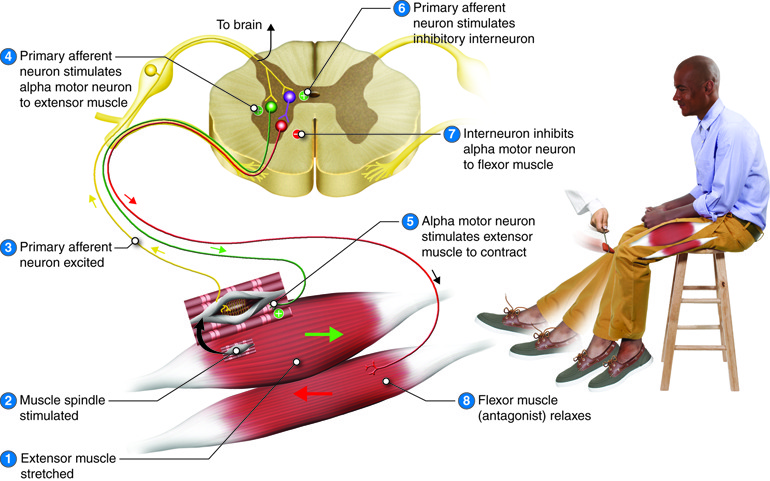
The stretching of a muscle begins with the sarcomere. This is the most elementary unit in the muscle fibre. As the sarcomere is stretched, the overlap of the myofilaments decreases. This allows the muscle fibre to elongate.
At this point, the surrounding connective tissue gives way to the force of your stretch and it also stretches. So, the greater the number of myofilaments you can stretch, the greater your flexibility
you have in the muscle.
Sarcomere
An electrical signal fires in a nerve into the muscle fibres and stimulates the flow of calcium. This causes the sarcomere to shorten, generating force. When billions of sarcomeres in the muscle shorten all at once, there is a complete contraction of the entire muscle fibre.
There’s no such thing as a partially contracted muscle fibre, its is either on or off but the force of a muscle contraction can vary in strength from strong to weak because the greater the demand, the larger number of muscle fibres recruited to do the work.
Similarly, the length of the stretched muscle will depend on the number of stretched fibres. This means that the more precise and thorough your stretching movements are, the
more fibres you can recruit.
The Golgi Tendon Organ
Discovered by the Italian physician Camillo Golgi, this sensor of the muscles is responsible for telling the nervous system how much tension there is on the muscle. If there is too much muscle tension, the Golgi Tendon Organ will try to protect the muscle from injury and prevent the muscle from creating any force by triggering the Stretch Reflex.
Stretch Reflex
Also known as the Muscle Stretch Reflex, this muscle contraction is triggered in response to stretching within the muscle. It tries to keep the muscle at a constant length.
The Muscle Spindle.
The Muscle Spindles contain the Sensors and Motors of the muscle. Primarily, they detect changes in the length of the muscle. They signal muscle length information back to the central nervous system using nerve fibres.
The muscle spindle is stretched when the muscle lengthens. It is this stretch that causes the sensory neuron in the spindle to send a signal (see Sarcomere above) to the spinal cord, where it synapses with alpha motor neurons. This activates the motor neurons that activates the muscle.
Martial Arts STRETCHING – HOw To
Stretching for any activity is recommended. If you look at the benefits of stretching, even stretching by itself is worthwhile. This is probably why so many people take up Yoga.
I’ve always been taught to start with a warm-up. But this doesn’t have to be a mile run, star jumps, press-ups or anything too strenuous! It will depend on what you are trying to achieve and what type of stretching you are going to do. I do not recommend Ballistic Stretching without a really good warm-up!
You’ve probably done this type of warm-up/exercise/drill before as classes typically start, from head to toe (working down the body), with some Dynamic Joint Mobility Drills.
Types Of Martial Arts Stretching
There are many different ways to stretch, but they can all be grouped into one of two categories; Static or Dynamic.
The main difference between Static stretching and Dynamic stretching is that Dynamic stretches are performed with movement. In other words, you use a swinging or bouncing movement to extend your range of motion (ROM) and flexibility. Whilst Static stretches are performed without movement.
You have probably heard, seen and participated in some of these stretching types. But what do they mean?:
- Dynamic
- Static
- Neurodynamic
- Active
- Passive (relaxed)
- Ballistic
- Isometric
- PNF
- Pandiculation
The diagram below, provided by StretchCoach shows all the stretching types. I’ve gone into some of these in this post.
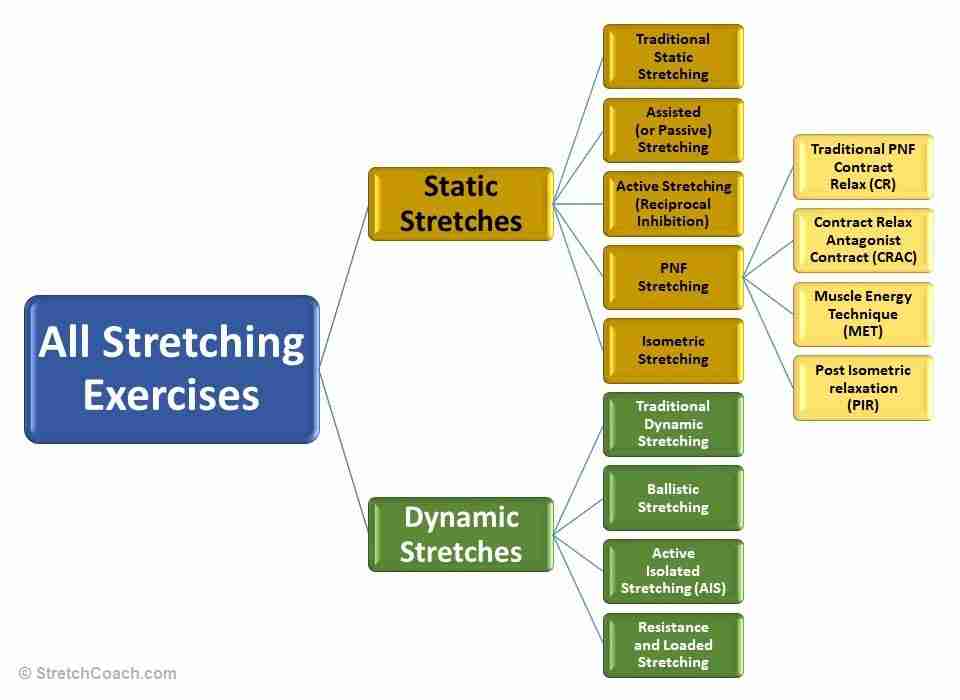
Dynamic Stretching
Stretching with movement. Essentially all ‘branded’ methods of stretching are a variation of dynamic stretching. Some major sub-types:
- Ballistic Stretching
- Contract-relax Stretching
- Dynamic Joint Mobility Drills
- Mixed — Complex exercise practices that include some stretching, but also much else. Yoga is the ultimate example, but virtually any activity that by nature requires range of motion — like martial arts — can be considered a complex dynamic stretching exercise.
Static Stretching
This involves stretching a muscle to almost maximum range, then holding that position for a period of time. Some sources may state from 10 or 30 seconds., while Corinne Croce, physical therapist and founder of “Bodyevolved” says that she prefers to hold them for up to two minutes.
Neurodynamic Stretching
A sub-type of static stretching that is devoted to stretching nerve tissue that will be provided by a professional. It is designed to treat neuropathy by stretching nerves.
Perhaps “stretching” should be changed to “manipulating” as the technique is used to slide nerves in their sheathes (neural gliding, sliding, flossing, or even tensioning)
Some pain is caused by physical interference with nerves (neuropathies) like carpal tunnel syndrome or sciatica. Neurodynamics (Neural mobilisation) is a collection of stretching and positioning treatments for neuropathy, based on the idea that “unhappy” nerve tissue can be helped with the stimulation of stretch.
The movements used are quite specific that emphasise effects on nerves rather than muscles and tendons. Some of the movements look like conventional stretching, but neural sliding and tensioning are also possible without anything that looks like stretching at all.
Active Stretching
Another Dynamic Stretch where you are actively moving one group of muscles to stretch another. You can perform active stretches without a stretching partner or stretching equipment. So you are performing an Active stretch if there is no external force assisting you.
Passive Stretching
In passive stretching, there will be an external force being applied. You are being stretched by a partner, stretching accessories and/or using gravity to assist your stretch. If the stretch is reliant on an external force, it is a passive stretch.
Ballistic Stretching
A Dynamic Stretch using momentum to repeatedly, briefly push past the end of your comfortable range of motion. Think about when you kick fast and hard to a target. Though occasionally, this is done without a target to connect with.
Isometric Stretching
Isometric stretching is a type of static stretch so there is no motion during the stretch. It involves the resistance of muscle groups through the tensing of the stretched muscles.
Isometric stretching is perhaps one of the fastest ways to develop an increased level of static or passive flexibility and can be much more effective than either passive stretching or active stretching alone.
PNF (Proprioceptive Neuromuscular Facilitation) stretching
Otherwise known as Contract-Relax Stretching. Stretching with intervals of muscle contractions and then relaxation.
Hyperbolic Stretching FOR MARTIAL ARTS
Hyperbolic stretching is a specialised stretching method that uses specific techniques and movements to target and stretch specific muscle groups. It involves using techniques such as isometric holds, dynamic stretches, and resistance training to stretch the muscles in a hyperbolic (or exaggerated) manner. This approach is believed to be more effective at increasing flexibility and range of motion than traditional stretching methods.
Pandiculation
Spontaneous brief stretches, often combined with yawning, that most vertebrate animals seem to do routinely and reflexively after a period of stillness. Human stretching seems to be an exaggeration of this basic feature of physiology.
Dynamic Joint Mobility Drills
You most likely have used this method of repetitive rhythmic movements before; arm circles or lunges at the beginning of a class.
Martial Arts Stretching
So what stretching should we be doing for Martial Arts? Well, unless you are going to perform a full-body stretching regime, it may depend on the Martial Art you are training in. However, the diagram below lays out the traditional order of your training session.
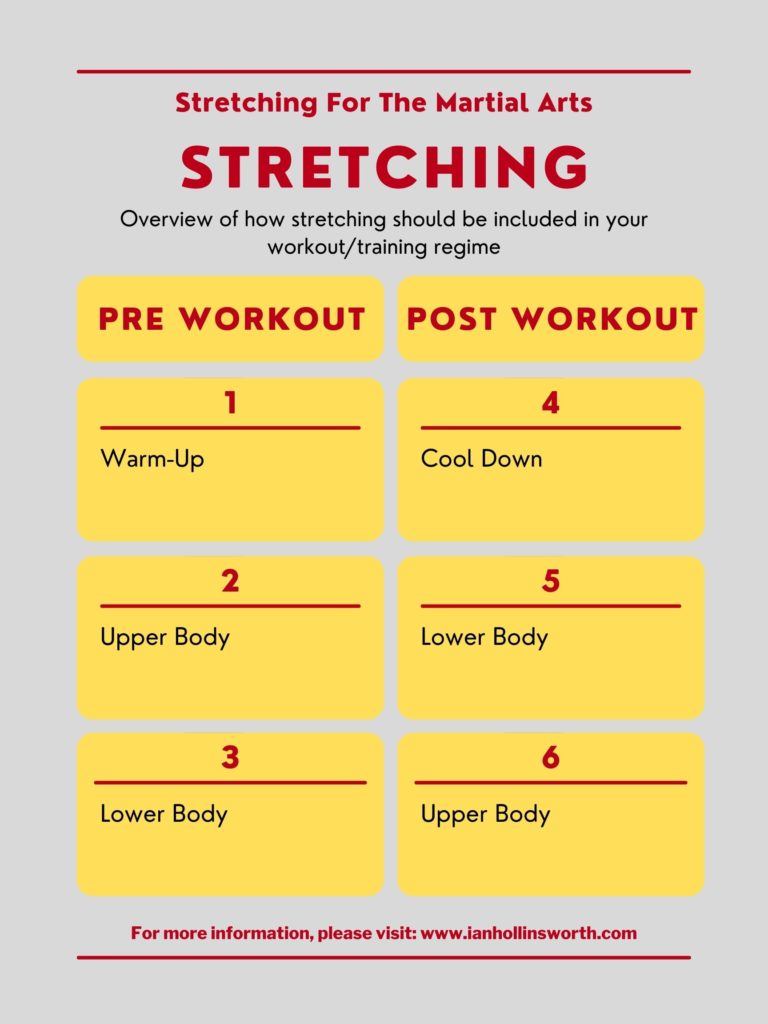
- Include a brief period of Aerobic exercises and some Dynamic Joint Mobility.
It could also include some Static Stretching (10-15sec) if recovering from an injury. - Neck, Shoulders, Arms & Trunk: Active then Ballistic. Avoid Ballistic.
- Trunk, Hips & Legs: Active then Ballistic.
Avoid Ballistic if you recovering from injury! - Level of intensity is being reduced, ready to stop. Don’t just STOP!
Include Dynamic Joint Mobility exercises. - Legs, Hip & Trunk: Dynamic Joint Mobility followed by Active and/or Passive stretching (with a Partner or Gravity). PNF and Isometric methods could also be used.
- Trunk, Arms, Shoulders & Neck: Dynamic Joint Mobility then Active and/or Passive stretching (with a Partner or Gravity). PNF and Isometric methods could also be used.
The Warm-Up doesn’t have to be a mile run and loads of burpees. It does depend on what you are trying to achieve in the training session. You do know what you are trying to achieve don’t you?
These stages are not hard-set. As you work through the session, each stage of the session is going to merge into the next. The intensity (speed, power, repetitions) is likely to increase. Much like a piece of music, it will start slow, crescendo and then fade.
If you have an injury (have you rested enough?) then the intensity should not be at Maximum!
Pre Workout Stages
This stage probably includes a brief period of Aerobic exercises and followed by Dynamic Joint Mobility.
It could also include some Static Stretching (10-15sec per muscle) if you are recovering from an injury – call it “Maintenance Stretching” if you like.
My classes usually include an Aerobic section that might include (I have thousand of exercises in my head!) these sort of activities:
- Running (zig zags, round the hall, snake, shuttles, forwards, backwards, sideways, flutter kicks, punching, blocking)
- Star Jumps, Press-Ups, Squat Thrusts, Sky-divers, Sit-ups
- Perform patterns at low intensity
- Perform Sparring and/or Step Sparring at low intensity
NB: Games such as Dodge Ball, Tag or any activity that requires explosive movement, change of direction should be avoided – save it for the end of the session.
Workout Stage
Now you are ready for the main section, you should be nice and warm and, if necessary, pre-stretched. As the warm-up progressed, it is likely (at least for my classes) that you started mimicking the drills and techniques (at a low intensity) that you are going to use in the main workout.
As your body has now been prepared for training (mind, blood flow, joints, muscles), you are now set to overload your body. It is through this process that you become better than you were, faster than you were, stronger than you were and maybe even wiser than you were.
- Move Faster
- Jump, Kick Higher
- Punch, Block, Kick, Strike, Try Harder
You need to push your limits to change them. Otherwise, you stay the same.
Post Workout Stages
So now you’ve completed the main section of the session, workout or class. It is possible that the focus wasn’t about setting records, jumping the highest you’ve jumped or smashing bricks or tiles.
Perhaps it was a technical session or a whole session on theory, hand techniques, break-falling or even stretching. So perhaps not every limb or body section needs to be stretched.
However, having a set routine that goes from Toes to Nose (starting from the bottom of the body and work your way up) is the most common way of performing post workout stretching.
If the session has been particularly vigorous and everyone has been sweating, they are tired then I might include some Dynamic movements as the heart rate comes down and people catch their breath, then partner stretching (Passive) and PNF Stretching are good options. Are their enough for pairing up and are the students capable of looking after each other – they must be responsible individuals for partner stretching!
After Active, PNF, Isometric or any activity where the muscles have been stressed, I always like to return to Dynamic Joint Mobility to finish.
Post Workout
Now that you have completed your workout, you need to complete your post workout checklist! These things you might forget or dismiss, but why would you?
- Hydrate
- Post Workout Snack
- Stretch – just in case you forgot already!
- Clean your space, wipe-own equipment
- Meditate?
- Wash Your Kit ready for next session!
Feel free to try the Stretch & Flex video on YouTube that was recorded during one of the lockdowns.
